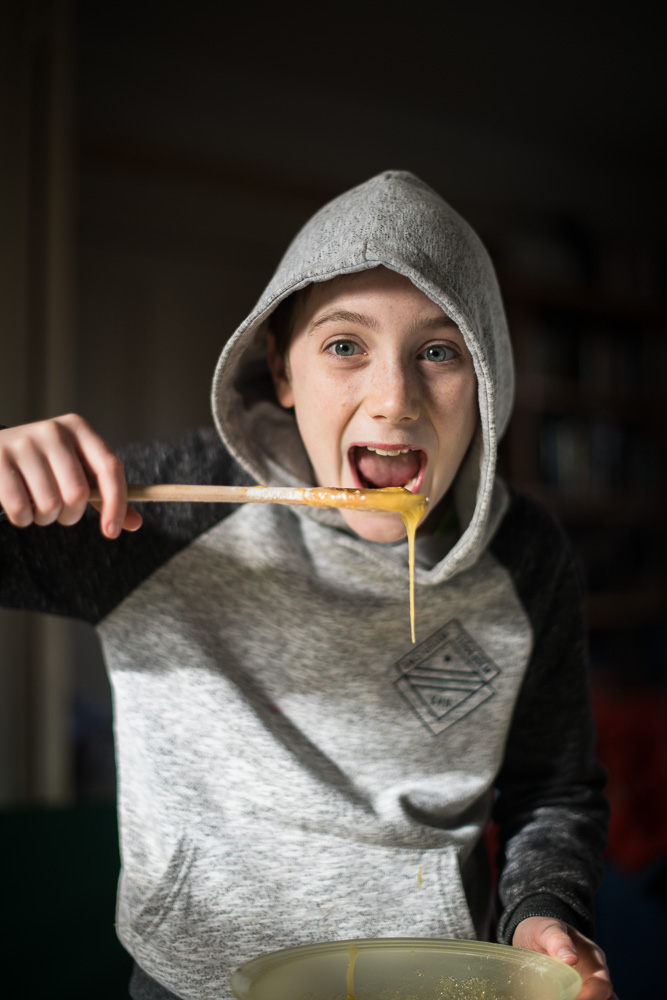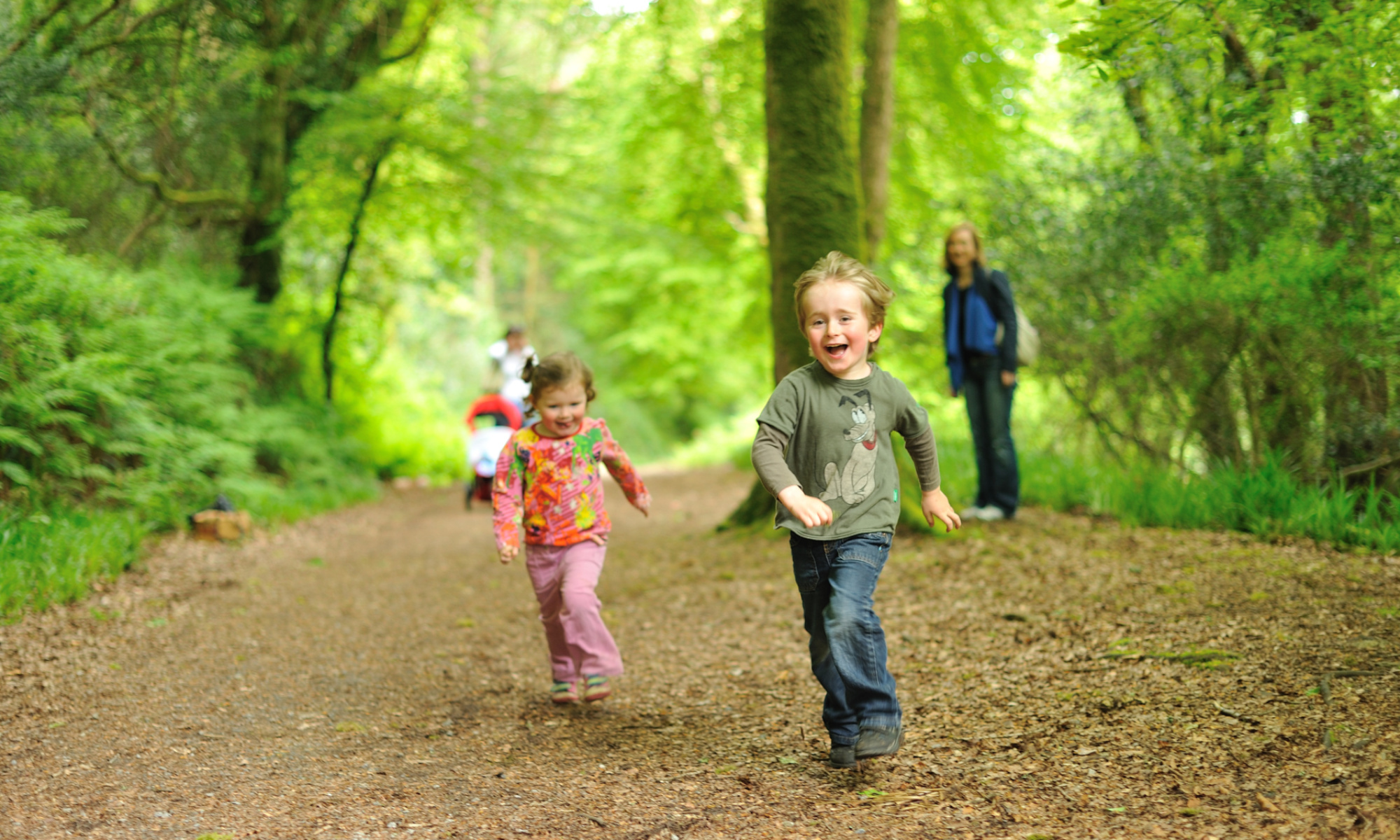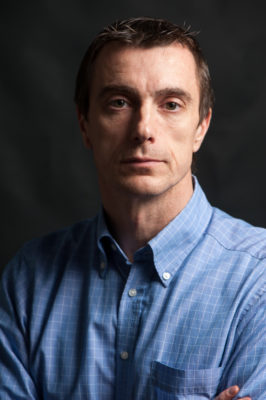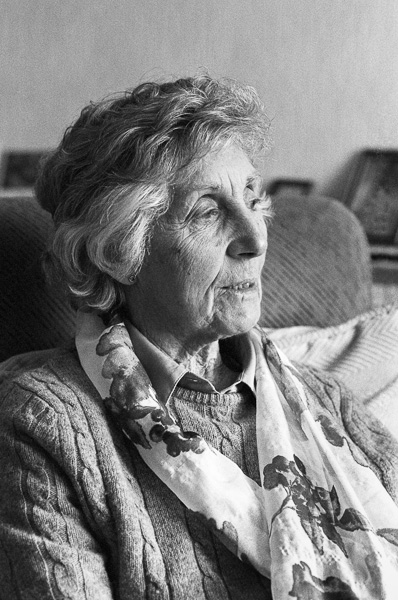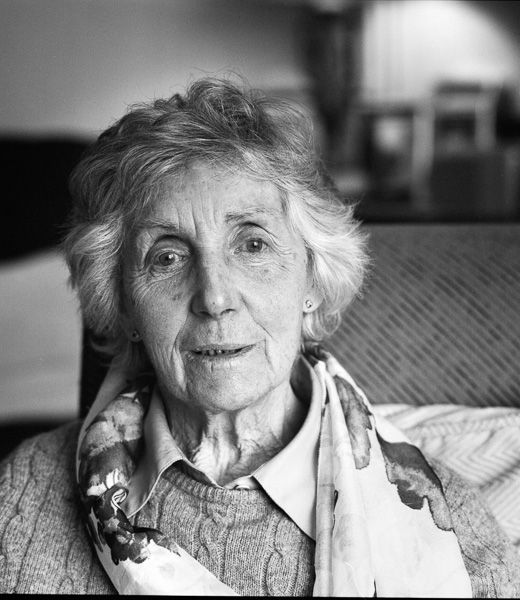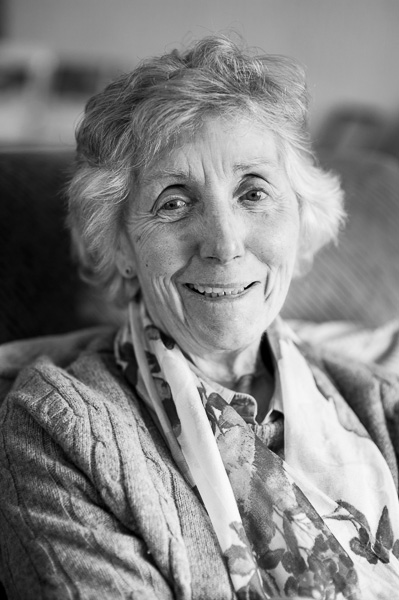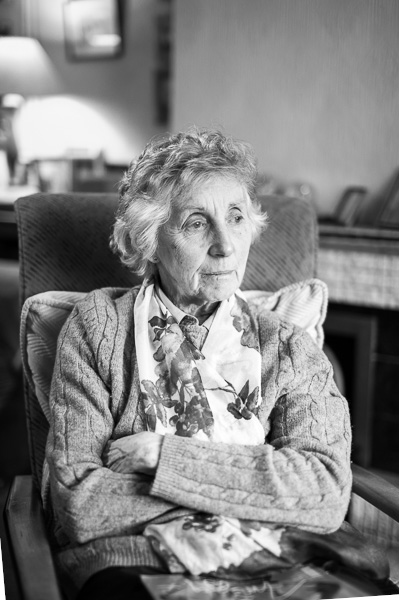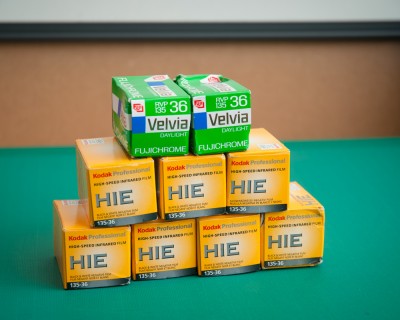Technology posts are pretty rare on the blog. Deep down there is a camera geek somewhere and we all love a new toy. But having to make a living as a photographer forces you to examine every potential new purchase and decide whether a new toy is going to earn it’s crust.
And as anyone who’s been on my evening class will tell you. The camera is just a tool to get a good image.
But after a long, faithful and very reliable service, my trusty Nikon D700 bodies are starting to show their age.
Camera technology has moved on considerably but most of the new additions, although impressive, weren’t anything my clients were going to pay for.
But the time has come to move on. After much ummming, ahhing, googling and agonising, I am the proud owner of a Nikon D850.
What I got that I wanted:
- Faster, more accurate autofocus (including reliable 3D tracking). Which for me means a tangible decrease in the number of good images that need to be rejected because they are a little soft. Which is great when shooting wobbly kids with blurry backgrounds.
- More dynamic range. So already it seems a lot easier to pull back very bright and very dark areas in the images. So shooting in difficult lighting situations gets easier. Again, more keepers in more locations.
- More image resolution. Which means more options for cropping in post production. As much as you try to get it right in camera, at times a crop is stronger. But if you want a decent print of a crop, you need more data.
- A newer, stronger, more weather resistant camera body. Much less chance of it failing when I need it to perform.
But as well as the cost of upgrading, there are other implications:
- More image = more storage required. Realistically I don’t generally need all that extra image but that’s what I now have. Now my workflow needs to cope with much larger files. Putting a session of images on a single DVD for backup isn’t going to work anymore.
- More data = slower processing. So the camera upgrade came on the back of a PC upgrade but even then those big files need a little longer to load in all their glory.
- Software upgrade. OK I’m a bit lazy/stingy with my software upgrades (but at least I pay for my software). But new RAW files need up to date software.
- Lens upgrades. All of my lenses are compatible. The higher resolution sensor pushes them to the limits of their ability to resolve an image. Now I still don’t need all that detail and most of my lenses have actually performed pretty well (despite the web telling me they wouldn’t). But the 50mm lenses were always a little ‘weak’ (I have 4 different versions) even though they take lovely images. I might need to upgrade here.
- New fingers. After 10 years of using identical cameras, I need to learn some new tricks to get the settings I need.
- New cards & batteries – just more stuff to buy (and have spares)
- New L-bracket. I love the L Brackets for my tripod but each is fitted to the specific camera body so I need a new one.
And some other stuff:
- Features I don’t (yet) need – and may or may not ever get around to using. Like video (4K no less) and time lapse. Very cool but no idea if I’ll ever use it.
- Different colours. I think I like them better. Until I do some more printing I’m not sure.
It’ll get it’s first commercial outing this week. My clients won’t really notice but my life will hopefully be easier. And the D700 will be in the bag just in case…
